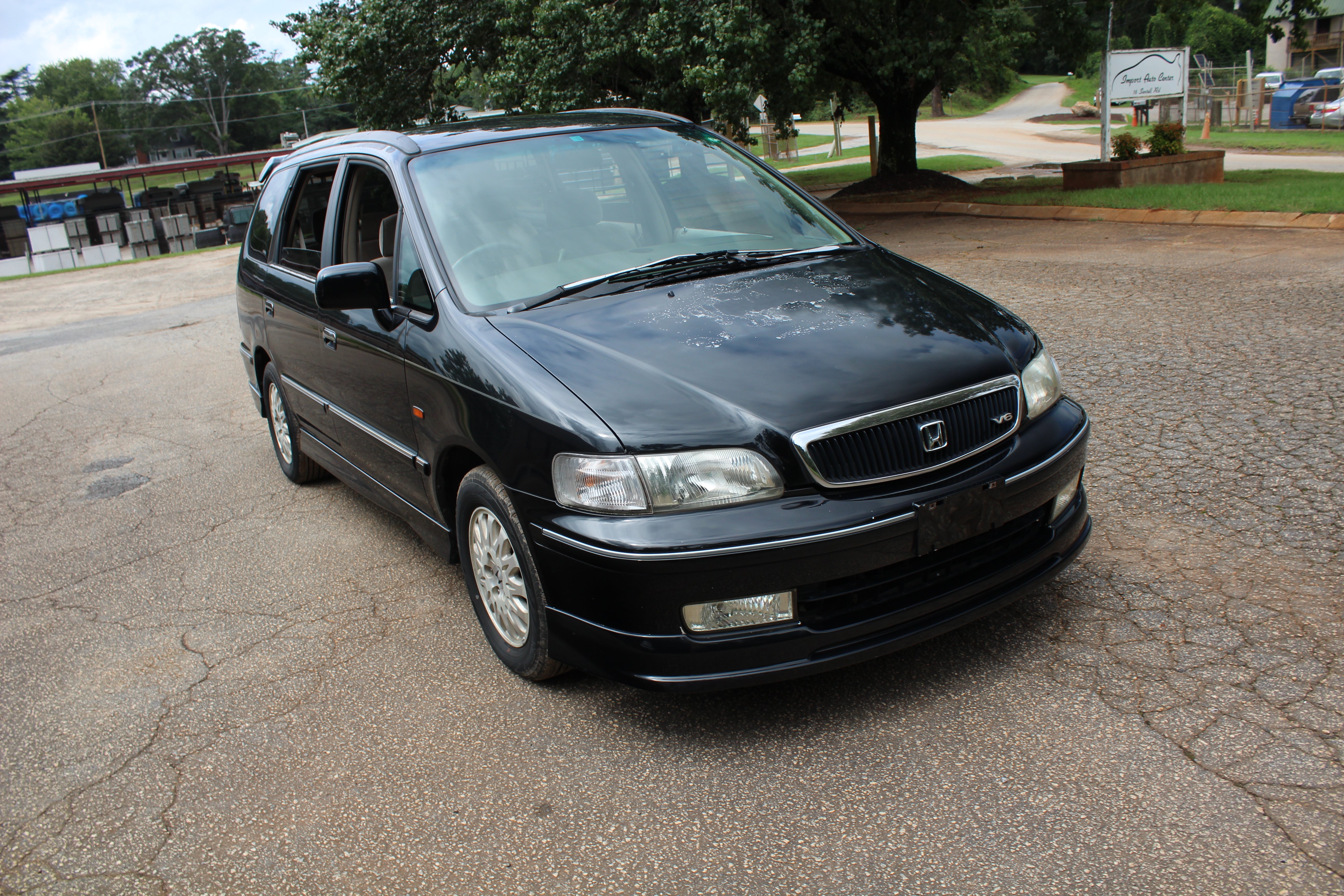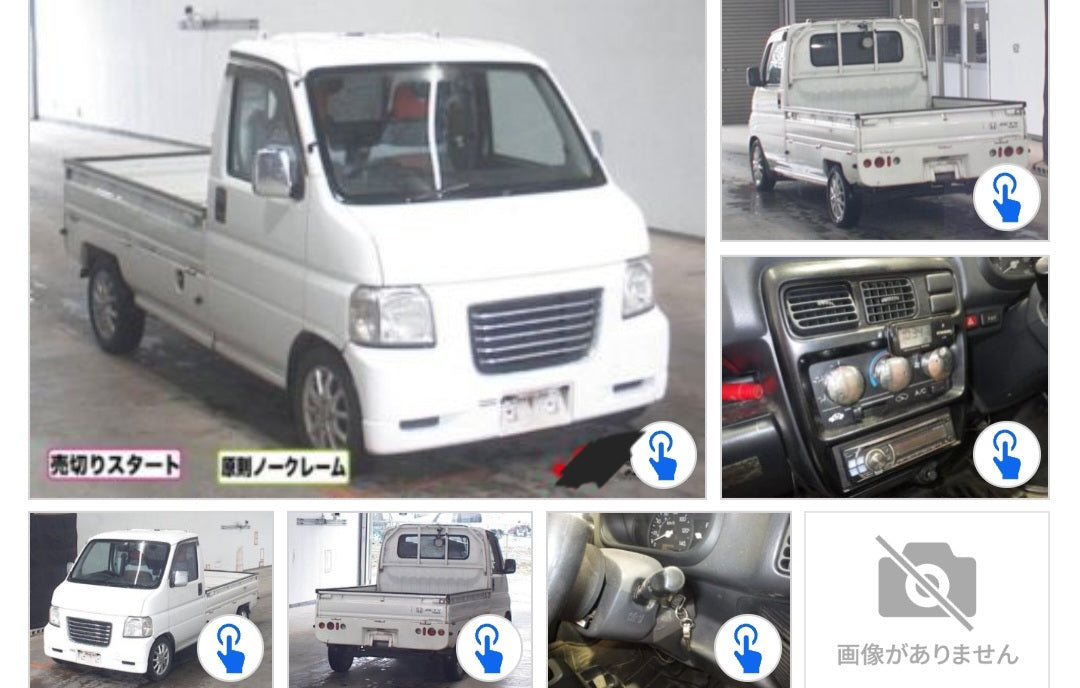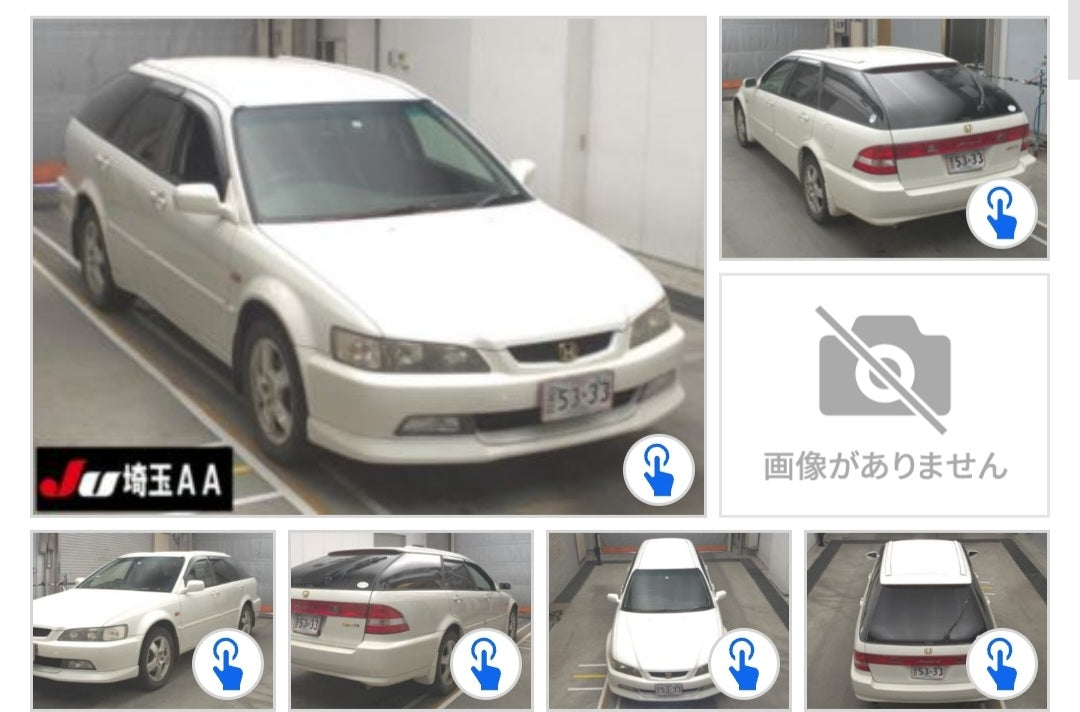JDM 92 Honda Vigor Type W 2.0L 5 5 Cylinder RHD Sedan with 20k miles
Solid car runs and drives like a new car
At the launch of the fourth generation Accord, the Vigor was no longer based on the Accord chassis, but a stretched derivative. The third generation Vigor, fulfilling as the top level sedan at Honda Verno dealerships in Japan, was shared with the all new Honda Inspire and the new second generation Honda Legend, sold at Honda Clio dealerships. The Vigor was also sold in the United States where it was badged as the first generation Acura Vigor beginning with the 1992 model year. In Japan, the Vigor competed against the Toyota Chaser and the Nissan Laurel. The Vigor in Japan was available in four trim packages, starting with the Type N, Type E, Type W, and Type X. In May 1991, the Type N package was no longer offered, and the top trim package was the Type S-Limited. Starting January 1992, the trim packages were 2.5XS, 2.5S, 2.5X, 2.5W, 2.0G, and the Type W. In North America, the Vigor came in two trim packages; the LS and the higher content GS, and the 2.5 L engine was the only engine available. In Japan, the smaller G20A engine used regular grade fuel, while the larger G25A engine used premium grade fuel. One of the optionally available items was Digital signal processing integrated into the stereo system that allowed sound modification for various types of music.
Production of the Acura variant began in 1991 and the vehicle went on sale as a 1992 model in June of that year, slotting between the Integra and the Acura Legend in North America. In order to keep the Vigor classified as a "compact" according to Japanese vehicle size requirements, the shorter and narrower CB5 Vigor sold in Japan was available with the 2-litre G20A engine between 1989 and 1992, while only a longer and wider version (CC2 & CC3) with the G25A engine was sold in North America (as an Acura).
Honda's longitudinally mounted five-cylinder petrol was the only engine available. The transmission is attached behind the engine, with a driveshaft that sends power to the front of the car to an asymmetrically installed limited-slip differential which then supplies power to the front wheels using half shafts; this allowed the powertrain to remain slightly behind the front wheels. This also gave the car a 60:40 front to rear weight distribution.
Comparisons to the Lexus ES 300, which was roomier and softer in ride, generally favored the Lexus as the more appealing buy for the average luxury car buyer, whereas the Vigor was stiffer sprung and smaller on the inside.
In response to the reviews, Acura made several changes to the Vigor for the 1994 model year, increasing rear seat room, softening the suspension and re-engineering the steering rack to help isolate the driver from road imperfections in an attempt to make the model more like the ES. The tactics were unsuccessful; buyers favored the more powerful Legend as a sports sedan and still seemed to prefer the ES as an entry-level luxury model.
Poor sales and no improvement in market response led Honda to drop the model, and production ended on May 13, 1994. The Vigor was replaced by the 1996 Acura TL/Honda Saber.























































